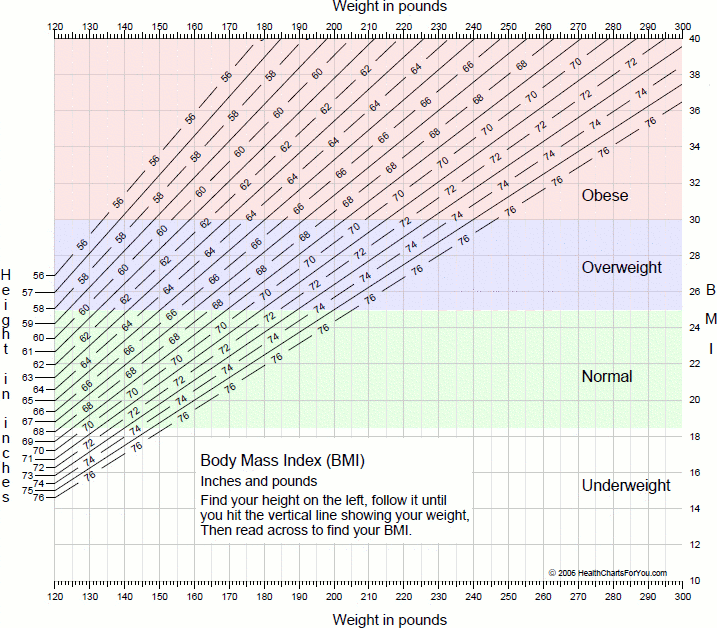


Percentiles are generally expressed as an ordinal number, which makes it more confusing. It is very common when we're talking about BMI (or any similar statistical value) to talk about percentiles. We will talk more about the connection between BMI and health in a later section. If you have a healthy BMI for men, you are only statistically more likely to be healthy than if you are outside of the normal BMI. The meaning of such a statement is that having a healthy BMI for men doesn't automatically mean that you are a healthy man. It is important to point out that even WHO acknowledges that BMI is a statistical parameter. As mentioned previously, various organizations have different ways to group values of BMI for men, but most of the thresholds are the same or at a reasonable distance. In our calculations, we use the broadest of the BMI groupings for a total of 11 different BMI ranges for men. However, each of the categories can be subdivided to make distinctions between slight overweight and hyper-obesity on one end to slightly underweight and severely undernourished on the other. The division and categorization made by WHO leads to three major BMI ranges for males (as mentioned above: underweight, normal/healthy, and overweight). For the rest of the text, we will refer to the guidelines presented by the World Health Organization (WHO) on page 9 of their report: Obesity: preventing and managing the global epidemic. When it comes to setting up the different BMI ranges for men, there are almost countless options, which is very much the reason why there are several official ways to group normal BMI for males.


 0 kommentar(er)
0 kommentar(er)
